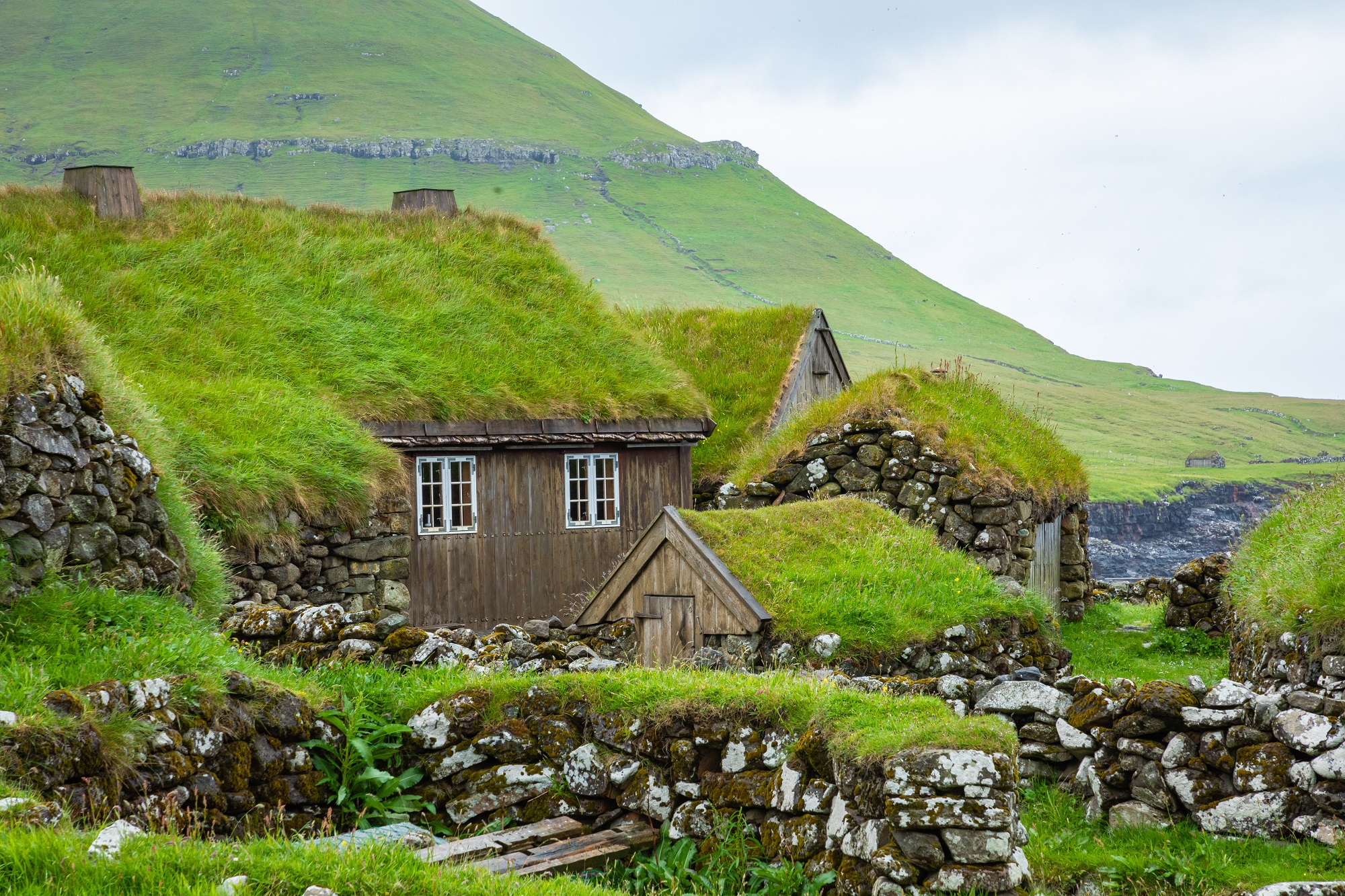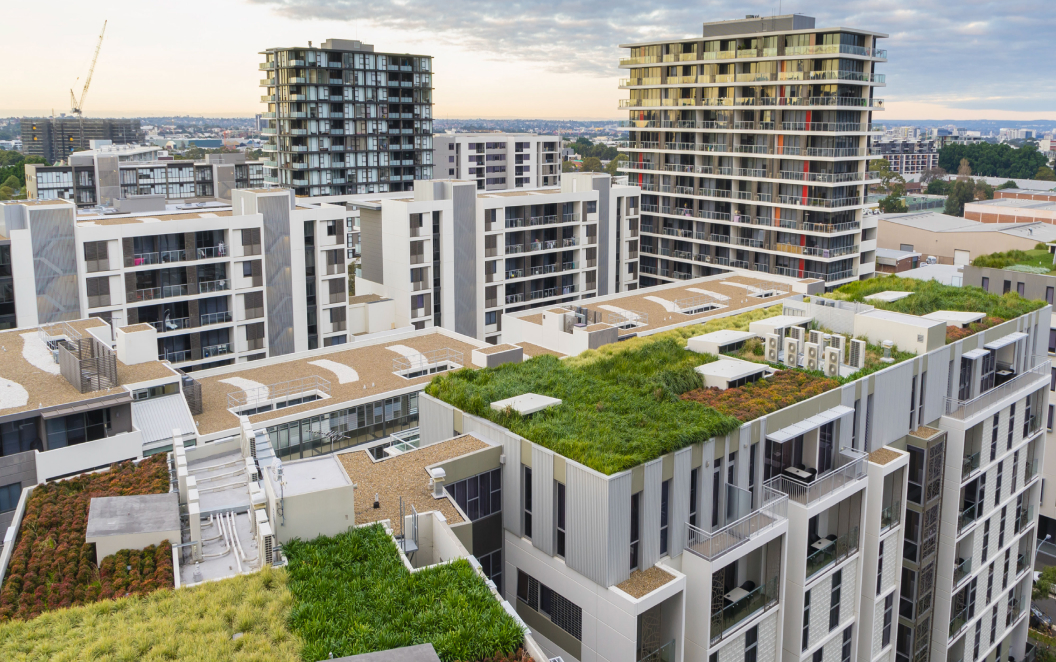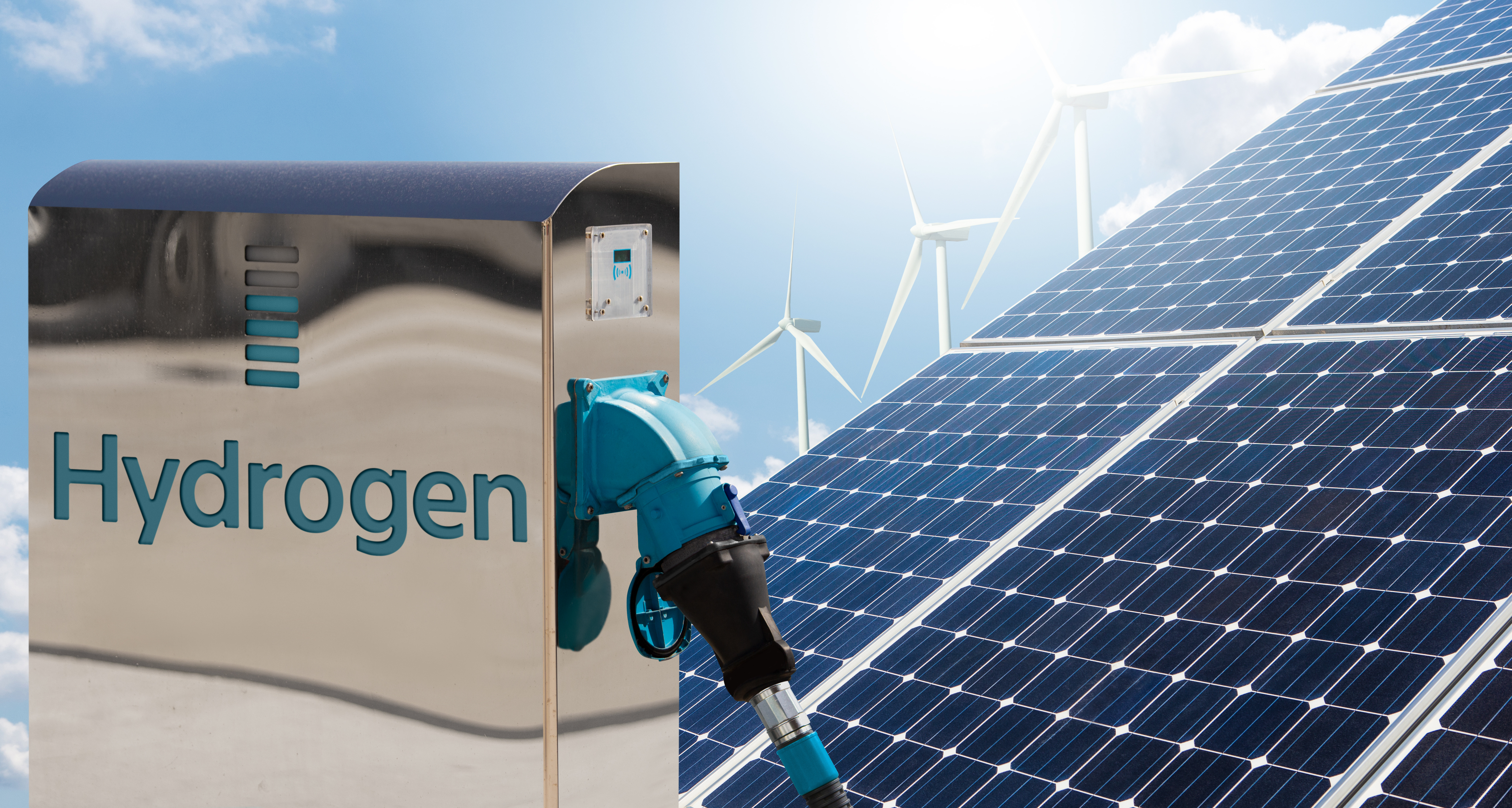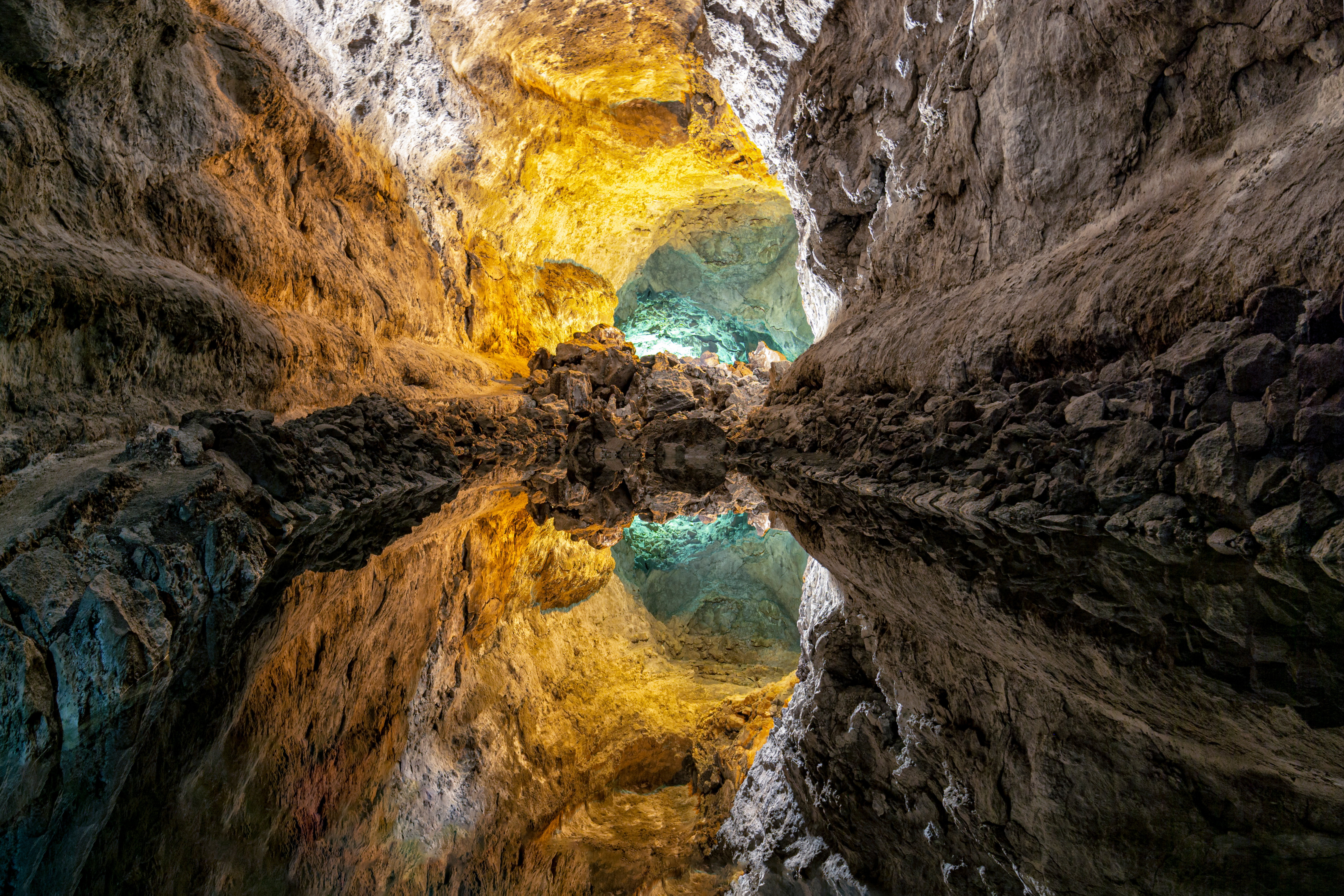La crisis ambiental y las advertencias de los científicos han comenzado a generar una conciencia ecológica cuyo mandato es invertir, hoy, en viviendas sustentables para evitar, mañana, posibles consecuencias sociales catastróficas.
Por Antonio D’Eramo.


El paisaje gris de las inmensas ciudades mundiales continuará trocando, lenta pero de manera imparable, su monótona característica cromática hacia los distintos tonos de verdes con los que la naturaleza distingue sus principales creaciones. Y, en parte son responsables de estos cambios que el ojo despierto comienza a registrar, los ingenieros, paisajistas, diseñadores y, por último pero no menos importantes, los arquitectos. Se trata de profesionales que han sido formados con nuevas visiones y estrategias enfocadas a la creación de obras naturales para establecer una relación de mayor respeto entre el Hombre y la Naturaleza, más allá de la urgencia y de los grandes desafíos que existen por el denunciado cambio climático. Según datos del Consejo Mundial de la Construcción Sostenible, este rubro de la economía puede alcanzar una reducción de hasta el 30% en consumo de energía, un 35% en dispersión de dióxido de carbono y hasta un 50% en el consumo del agua. Y, para lograr esos objetivos, se han recreado aquellas construcciones y planos perdidos en el tiempo pero que la memoria ha preservado en distintos escritos. Las construcciones antiguas como, por ejemplo, una de las siete maravillas perdidas, los jardines colgantes de Nabucodonosor II en Babilonia, compuesta de una serie de terrazas elevadas y ascendentes con especies vegetales de todo tipo y procedencia o, un ejemplo más cercano a nuestro tiempo, las construcciones con techos verdes que se conocen desde hace algunos siglos, en los países escandinavos, en los Estados Unidos, en Canadá y en algunas regiones muy cálidas del planeta donde la función principal de las terrazas verdes , Green Roof, es moderar las variaciones climáticas del interior de las viviendas. Las terrazas jardín y los muros verdes que comienzan a estar presentes en la cotidianeidad visual de muchos ciudadanos que habitan en urbes europeas y, algunas latinoamericanas, como México D.F. implica una urbanización de la naturaleza no exenta de desafíos. Los diseñadores y arquitectos están dibujando en el tablero edificios con exteriores que evitan lo tradicional y donde las plantas representan el papel clave. Algunos profesionales han propuesto recientemente construir una red interconectada de parques, granjas y espacios sociales en azoteas. La revalorización de la ecología no viene sólo por el lado de la emergencia ambiental sino que ya, en 1990, el arquitecto Ken Yeang, revivió la idea de los muros verdes al demostrar que un edificio puede reunir más vegetación que el lugar sobre el que está erigido. Los muros verdes son estéticamente atractivos para los habitantes y visitantes del edificio que los contenga porque ofrecen una sensación de bienestar y otorga un marco natural para el desarrollo de distintas actividades. Algunos ejemplos, como un edificio corporativo del sector bancario en la ciudad de Baltimore, utiliza la vegetación vertical para dibujar su logo empresarial pero la innovación tecnológica se puede observar en el Tree House de Singapur donde el gigantesco muro ecológico logra aislar y filtrar el aire al tiempo que recoge el agua de la lluvia para el riego. De los muros a saltar a la azotea de un edificio hay pocos pasos y las funciones también son múltiples porque pueden aportar beneficios concretos al aumentar la eficiencia energética y disminuir los costos de calefacción. De hecho, muchos críticos de esta iniciativa ambiental, apuntan a los altos costos que necesitan los desarrolladores inmobiliarios para crear edificios sustentables.

Sin embargo, los defensores de las azoteas verdes, reconocen los costos altos pero contra argumentan explicando que los gastos se amortizan rápidamente con ahorros en climatización.
El ejemplo preferido de los expertos es el que se registró en Alemania, nación pionera desde la década del ’70 en el desarrollo de las solanas verdes, en la actualidad tiene más de 13,5 millones de m2 de terrazas verdes construidas que le han generado grandes beneficios ecológicos y económicos. La polifuncionalidad de estos jardines en altura se asemeja a la de los muros verdes. De hecho, logran aportar beneficios concretos como el incremento de la eficiencia energética y la disminución de los costos pero también generan calidad de vida al reducir la contaminación sonora y evitar inundaciones porque retienen el agua pluvial. Un bienestar que se traduce en lugares que permiten la socialización, el relax y hasta el cultivo de algunos alimentos. Las características principales de los techos verdes consisten en una losa de cubierta que recibe una capa de tierra y vegetación sobre una superficie impermeabilizada, que puede ser plana o ligeramente inclinada. Sobre el elemento estructural de la cubierta se halla la membrana impermeable, encargada de lograr la inaccesibilidad del agua hacía el techo desviándola hacia los conductos de drenaje. Sobre esta membrana se colocan la capa drenante y la capa filtrante, las cuales se encargan de impedir la formación de estancamiento de agua en el sustrato que puede provocar el deterioro de la vegetación y la formación de barro. El sustrato, o capa de sustrato, es fundamental porque su función es darle soporte a la vegetación ya que en ella crecen las raíces. Ésta debe tener el volumen de aire suficiente en sus poros para que las raíces puedan nutrirse de ellas. El grosor de la capa de tierra influirá en el tipo de vegetación que se pueda plantar, y puede ir desde los 15 centímetros hasta más de 1 metro. Bajo la capa de tierra, se suelen insertar varias capas de materiales, con variaciones que dependen del diseñador a cargo. Debajo del sustrato, en ocasiones, se incluye una manta de geo textil, que dejará pasar el agua pero mantendrá la tierra contenida. Más abajo se ubica una capa de drenaje, donde quedará almacenada el agua y se instalarán drenajes para su circulación. Incluir una capa anti-raíces es importante para evitar que se infiltren en la estructura y provoquen infiltraciones. Debajo, la estructura de losa, impermeabilizada con modernos materiales de construcción, completa la estructura. La elección de la vegetación no es un tema menor. Se debe mezclar la tierra adecuada para que las plantas vuelvan a vivir en forma natural. Se tiene que hacer una selección de las variedades de plantas que se adaptan mejor a las condiciones extremas, para su instalación en la ciudad y que se encuentran verdes todo el año. Las terrazas verdes pueden clasificarse en simples o intensivas. Las primeras están compuestas por un material vegetal simple, como césped, musgo o flores de pradera que son especies vegetales muy tolerantes a los climas secos y que no necesitan de irrigación y cuidado constante. El medio de crecimiento para este tipo de jardines es de poco espesor, entre 5 y 8 cm., lo suficiente para mantener este tipo de vegetación. En cuanto a las cargas estructurales y su peso, en estado de saturación, es similar a la de los techos convencionales. Las azoteas verdes simples se pueden diseñar y construir con pendientes de hasta 33% y no son transitables por lo que son más económicos. Pero, en el caso de los techos intensivos, que obtienen esa denominación por estar compuestos de arbustos, pequeños árboles y plantas florales, y son transitables como si fueran jardines al nivel del suelo, sus diseños pueden ser más complejos e incluir terrazas, caminos y fuentes de agua. La composición y profundidad del medio de crecimiento de esta vegetación no deberá ser menor a los 15 cm. Este tipo de atalayas requieren de irrigación y de una fertilización especial al tiempo que deben ser preservados por expertos jardineros. Generalmente, este tipo de estructuras son planas aunque se pueden diseñar con una pendiente de hasta 3%. Y, lógicamente, poseen costos mayores. Las terrazas verdes pueden ser una notable herramienta aliada contra la contaminación ambiental de las grandes ciudades, en ese sentido, su ventaja principal es que capta el dióxido de carbono, el compuesto de carbono y oxígeno, que se presenta como un gas incoloro y que está íntimamente relacionado con el efecto invernadero. Por ello, no es de extrañar que en Latinoamérica, en la ciudad de México y en el estado de Morelos, se viva un auge de estas construcciones como también sucede en ciudades de Colombia o que, en Buenos Aires y en Córdoba, exista legislación que las promuevan y que Río de Janeiro posea un techo verde en su ministerio de Educación diseñado en el año 1936 por Roberto Burle Marx.





